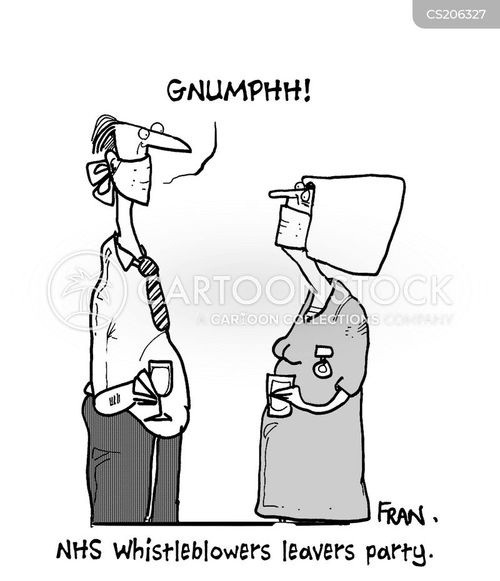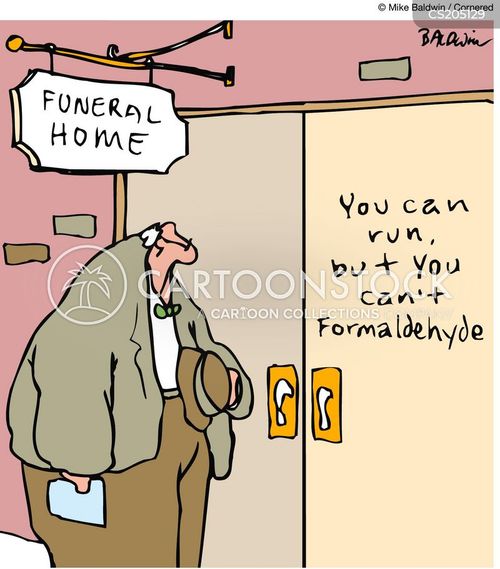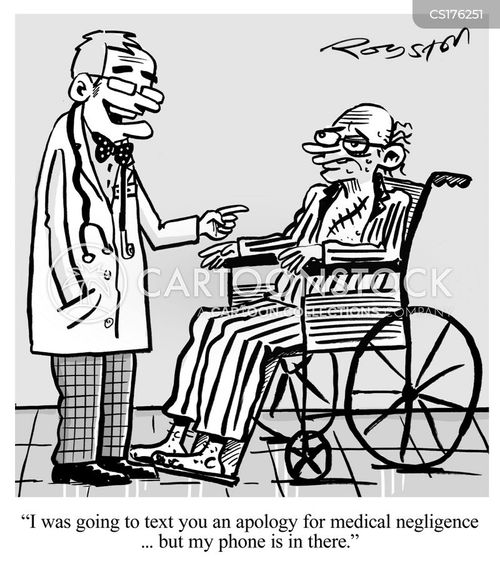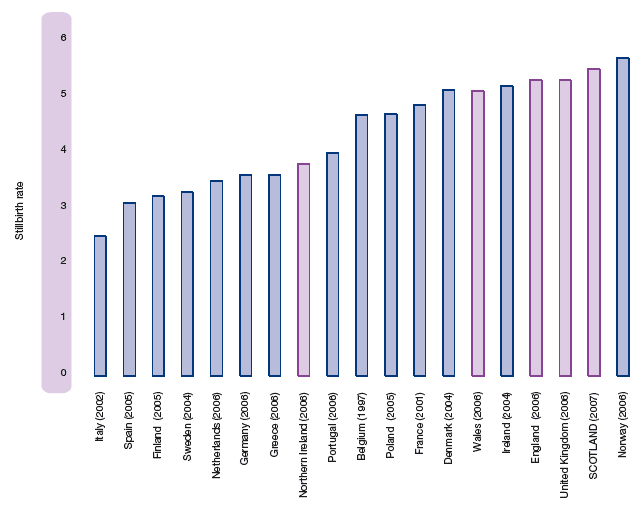The Nuffield Trust has published a paper after John Appleby did so in the BMJ. If targets decline so do standards, and inequality increases as more citizens are tempted to pay privately. Did NHSreality ever say that we would eventually get a two tier (overall) service?
What happens when targets for waiting times change?
BMJ 2017; 357 doi: https://doi.org/10.1136/bmj.j2584 (Published 01 June 2017) Cite this as: BMJ 2017;357:j2584
In Soviet era Russia Pyotr Petrov, manager of the state run ball bearing factory on the outskirts of Magnitogorsk studied the new production target. The target came from the chief department for ball bearing production, part of the Ministry of Automobile and Tractor Industries. From now on the Magnitogorsk factory was to produce 200 tons of ball bearings a month. “200 tons! That’s a huge increase in the number of ball bearings,” Petrov thought, “… or is it?” At the end of the month the factory had managed to meet its target: one, 3.7 m diameter, 200 ton, ball bearing.
Poorly designed or badly policed targets can create perverse incentives (a giant ball bearing), but they can also provide the right motivation to improve performance. So what has been the real life experience of the NHS and its use of targets, particularly to improve waiting times?
Two targets become somewhat iconic: one arising from the Labour Party’s 2007 manifesto pledge that “by the end of 2008, no NHS patient will have to wait longer than a maximum of 18 weeks from the time they are referred for a hospital operation by their GP until the time they have that operation” and the other, a maximum wait in accident and emergency departments for patients of four hours (before being admitted, discharged, or treated).
The referral to treatment target covered two separate standards—that a minimum of 90% of patients admitted to hospital should wait less than 18 weeks from referral by their GP, and that 95% of those seen in outpatients (“non-admitted”) should have waited no longer than 18 weeks. In April 2012, a third overarching target was added covering patients still waiting for treatment—that 92% of what were called “incomplete pathway” patients should not wait longer than 18 weeks.
But in October 2015 a review of what had now become quite a complicated set of targets recommended dropping the two earlier standards1 as the new target essentially did the job—covering patients’ total waiting experience from referral to treatment and included all patients waiting, not just those seen in outpatients or admitted as inpatients. It also avoided the perverse incentive that once a patient still waiting had tripped over the 18 week limit, as soon as they were seen in outpatients or admitted into hospital, a trust would then automatically fail on the old targets as well.
As figures 1 and 2⇓ show, by the time these targets were dropped, the percentage of patients who waited more than 18 weeks before being admitted or seen in outpatients had been on a rising trend since 2012, leading to breaches of the targets in 2014 and 2015. Since then, perhaps unsurprisingly as the targets have been dropped, the percentages of patients who waited more than 18 weeks for admission or being seen in outpatients have continued to rise—and now stand at 22.6% and 9.7% and respectively.
Fig 1 Percentage of admitted patients who waited more than 18 weeks from referral by their GP (English NHS).5 Estimated performance from October 2015 is author’s calculation based on historical relation between adjusted (not published since October 2015) and unadjusted statistics (which continue to be published). Adjusted figures allow for various waiting time clock stops and starts due, for example, to patients refusing offered admission dates
“>
Fig 1 Percentage of admitted patients who waited more than 18 weeks from referral by their GP (English NHS).5 Estimated performance from October 2015 is author’s calculation based on historical relation between adjusted (not published since October 2015) and unadjusted statistics (which continue to be published). Adjusted figures allow for various waiting time clock stops and starts due, for example, to patients refusing offered admission dates
Fig 2 Percentage of patients seen in outpatients who waited more than 18 weeks from referral by their GP (English NHS)
Meanwhile, the one remaining target—that at least 92% of patients still on waiting lists should not be waiting more than 18 weeks—has also been rising, to the point where at a national level the target has not been met for the past 12 months (fig 3⇓). This fact is probably not unconnected to recent suggestions that this target will be “relaxed” in recognition of continued funding constraints.2
Fig 3 Percentage of patients still waiting longer than 18 weeks for treatment (English NHS)
The story is similar for the four hour waiting time target for emergency departments (fig 4⇓). Although generally met across the country, in 2011 the then target that 98% should be treated, discharged, or admitted within four hours of arrival was changed to 95% because the NHS complained that there was not enough leeway to deal with patients who, for clinical reasons, may need to wait longer than four hours.
Fig 4 Percentage of patients waiting more than four hours in emergency departments to be treated, discharged , or admitted to hospital (English NHS)
Within four years, the proportion waiting over four hours had risen to meet the new target, and from December 2014 it has consistently been breached nationally. As with the referral to treatment target, it seems that the widespread inability of the NHS to meet the four hour target is likely to lead to its “relaxation.” Already the government has dropped the fining system for around 40% of hospitals with particular difficulties3 and suggested restricting the target to the most urgent cases.4
Is there a lesson in all this? Perhaps it’s that targets can work but there are likely to be unintended consequences and, for systems already operating at their productive limits, universal failure.
Footnotes
-
Competing interests: I have read and understood BMJ policy on declaration of interests and have no relevant interests to declare
- Update 18th Jan 2021

















 and that’s not to mention apologies from our masters re both contract and staffing levels:
and that’s not to mention apologies from our masters re both contract and staffing levels:





